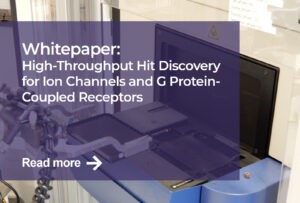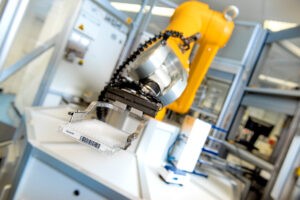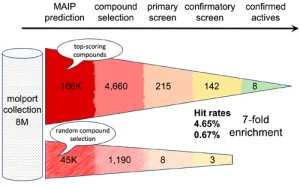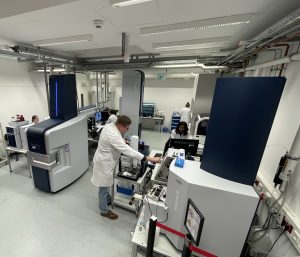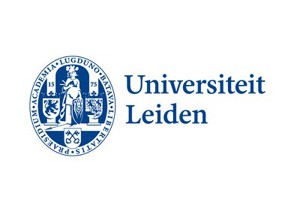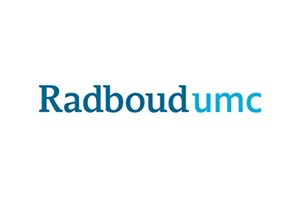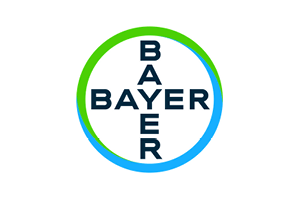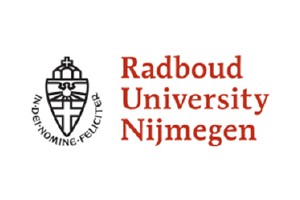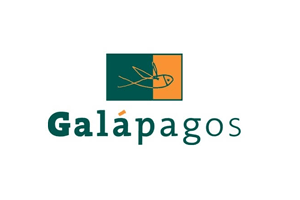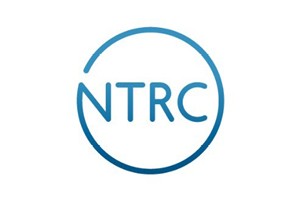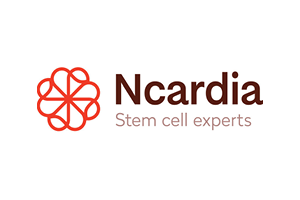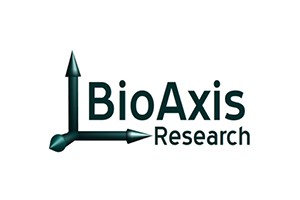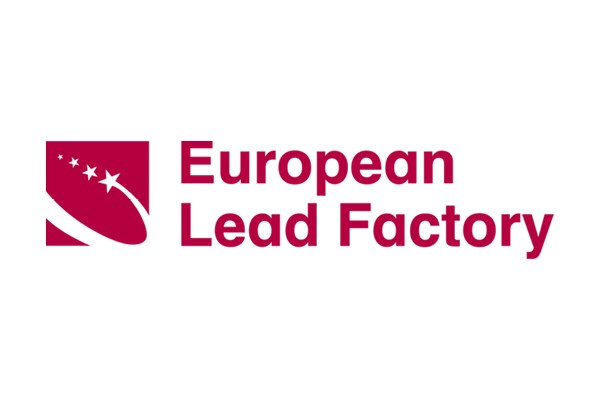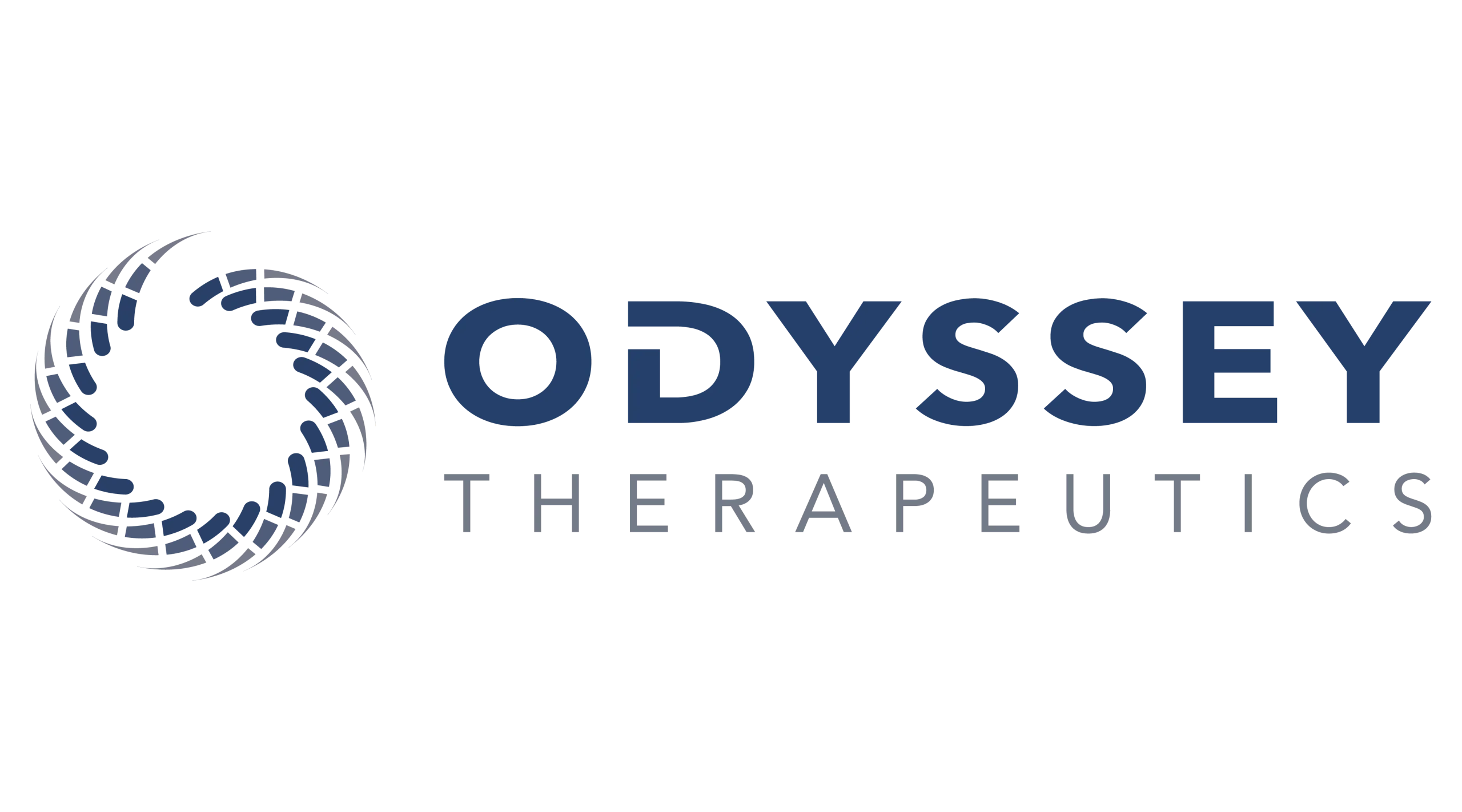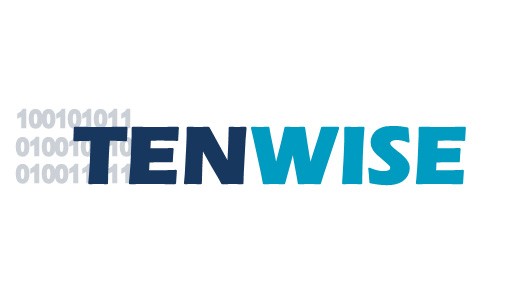Oncode Investigator Mario van der Stelt (Leiden University) and his team discovered a new potential drug (compound name: LEI-515) that suppresses chemotherapy induced neuropathic pain. The results are published in Nature Communications. Tsang-Wai Lam, assay development specialist at Pivot Park Screening Centre contributed to publication. So, if any questions arise about the assay development or the screening or if you have a target that you want to develop to a potential new drug, please do not hesitate to contact us.
ABSTRACT
Monoacylglycerol lipase (MAGL) regulates endocannabinoid 2-arachidonoylglycerol (2-AG) and eicosanoid signalling. MAGL inhibition provides therapeutic opportunities but clinical potential is limited by central nervous system (CNS)-mediated side effects. Here, we report the discovery of LEI-515, a peripherally restricted, reversible MAGL inhibitor, using high throughput screening and a medicinal chemistry programme. LEI-515 increased 2-AG levels in peripheral organs, but not mouse brain. LEI-515 attenuated liver necrosis, oxidative stress and inflammation in a CCl4-induced acute liver injury model. LEI-515 suppressed chemotherapy-induced neuropathic nociception in mice without inducing cardinal signs of CB1 activation. Antinociceptive efficacy of LEI-515 was blocked by CB2, but not CB1, antagonists. The CB1 antagonist rimonabant precipitated signs of physical dependence in mice treated chronically with a global MAGL inhibitor (JZL184), and an orthosteric cannabinoid agonist (WIN55,212-2), but not with LEI-515. Our data support targeting peripheral MAGL as a promising therapeutic strategy for developing safe and effective anti-inflammatory and analgesic agents.
